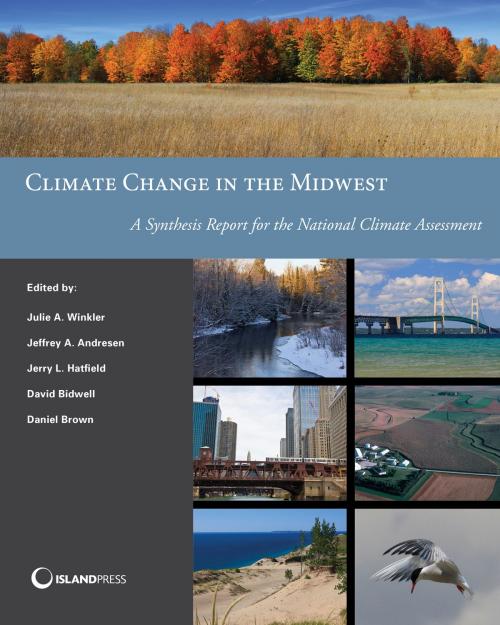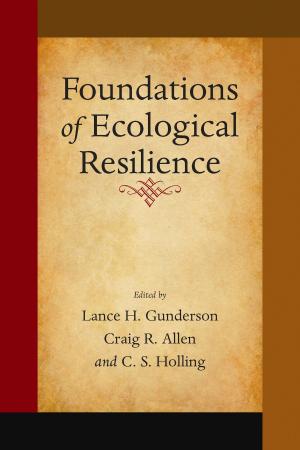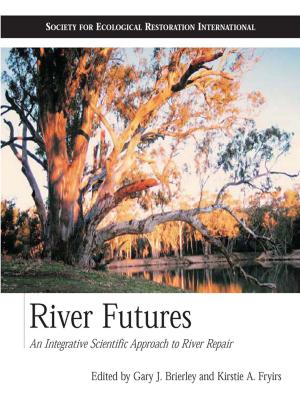Climate Change in the Midwest
A Synthesis Report for the National Climate Assessment
Nonfiction, Science & Nature, Science, Other Sciences, Meteorology| Author: | Jerry L. Hatfield, Bidwell, Daniel Brown | ISBN: | 9781610915113 |
| Publisher: | Island Press | Publication: | June 30, 2014 |
| Imprint: | Island Press | Language: | English |
| Author: | Jerry L. Hatfield, Bidwell, Daniel Brown |
| ISBN: | 9781610915113 |
| Publisher: | Island Press |
| Publication: | June 30, 2014 |
| Imprint: | Island Press |
| Language: | English |
Developed to inform the 2013 National Climate Assessment, and a landmark study in terms of its breadth and depth of coverage and conducted under the auspices of the U.S. Global Change Research Program, Climate Change in the Midwest examines the known effects and relationships of climate change variables on the eight states that make up the region.
This state of the art assessmcomes from a broad range of experts in academia, private industry, state and local governments, NGOs, professional societies, and impacted communities. It highlights past climate trends, projected climate change and vulnerabilities, and impacts to specific sectors.
Rich in science and case studies, it examines the latest climate change impacts, scenarios, vulnerabilities, and adaptive capacity and offers decision makers and stakeholders a substantial basis from which to make informed choices that will affect the well-being of the region’s inhabitants in the decades to come.
Developed to inform the 2013 National Climate Assessment, and a landmark study in terms of its breadth and depth of coverage and conducted under the auspices of the U.S. Global Change Research Program, Climate Change in the Midwest examines the known effects and relationships of climate change variables on the eight states that make up the region.
This state of the art assessmcomes from a broad range of experts in academia, private industry, state and local governments, NGOs, professional societies, and impacted communities. It highlights past climate trends, projected climate change and vulnerabilities, and impacts to specific sectors.
Rich in science and case studies, it examines the latest climate change impacts, scenarios, vulnerabilities, and adaptive capacity and offers decision makers and stakeholders a substantial basis from which to make informed choices that will affect the well-being of the region’s inhabitants in the decades to come.















